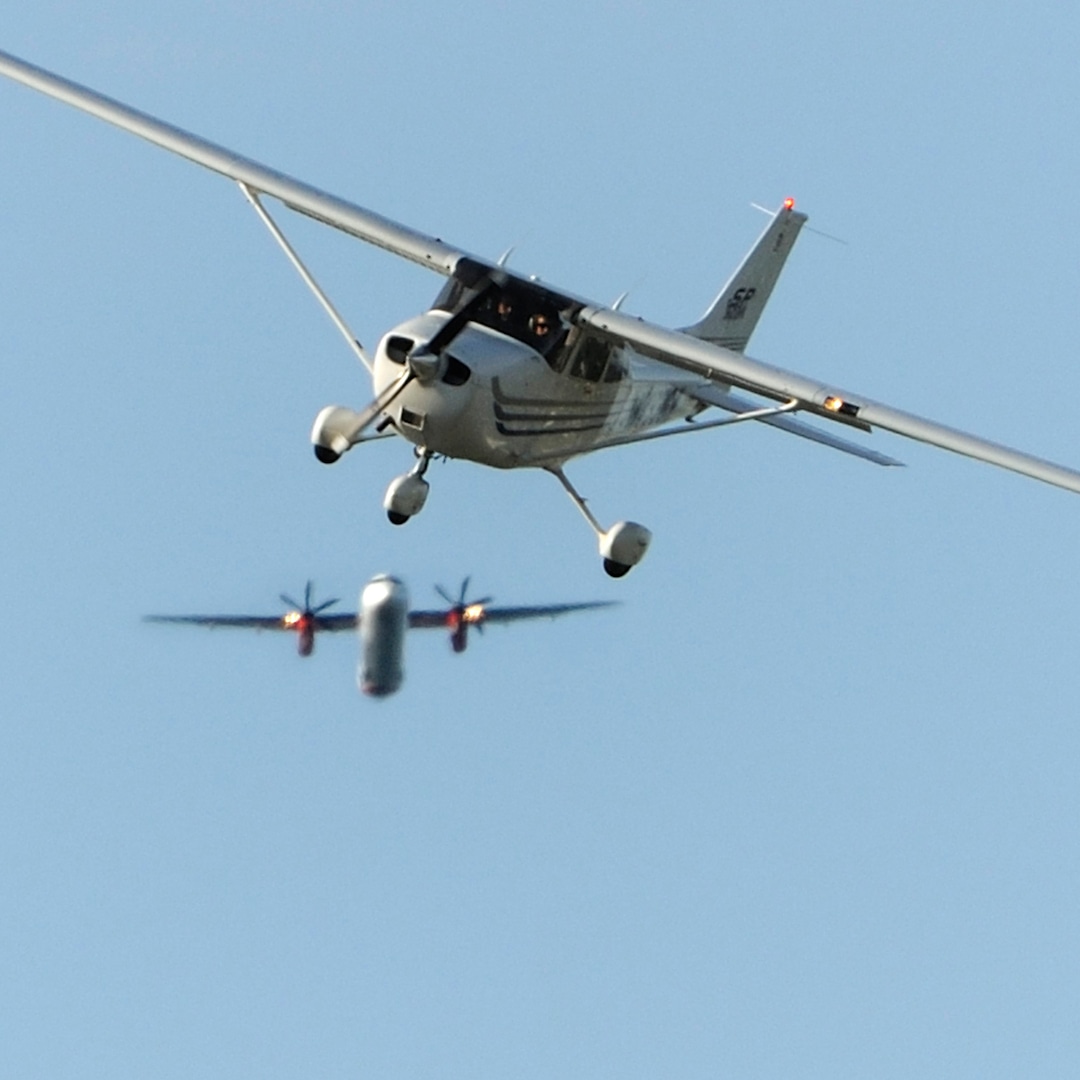Fatal Collision in Arizona: Understanding the Complexities of a Midair Aircraft Incident
A recent tragic event in Arizona has left the aviation community shaken. A midair collision at a local airport claimed the lives of two individuals, raising urgent questions about flight safety protocols and operational oversight. As investigators delve deeper into the circumstances of this catastrophic incident, it’s crucial to unravel the layers of this tragedy, exploring not only what happened but also the broader implications for air travel safety.
The Incident: What We Know So Far
On a seemingly ordinary day at an Arizona airport, two aircraft collided in midair, resulting in a devastating crash. Eyewitnesses reported hearing an unusual noise before witnessing the horrific scene unfold. Emergency services responded promptly, but unfortunately, the two pilots aboard one of the aircraft did not survive, marking a tragic loss for their families and the aviation community.
The specifics of the aircraft involved are still under investigation. However, preliminary reports suggest that one aircraft was a small general aviation plane, while the other was a larger commercial or training aircraft. Understanding the type of aircraft and their respective flight paths will be pivotal in piecing together the timeline of events leading up to the collision.
Investigation and Safety Protocols
The Federal Aviation Administration (FAA) and the National Transportation Safety Board (NTSB) have launched thorough investigations into the incident. They aim to determine factors such as:
- Flight paths: Analyzing the planned routes and altitudes of both aircraft.
- Communication: Reviewing air traffic control communications to ascertain if there were any miscommunications or failures.
- Weather conditions: Examining if adverse weather played a role in the incident.
- Aircraft performance: Inspecting whether mechanical failures contributed to the collision.
This tragic event highlights the importance of strict adherence to safety protocols within the aviation industry. Air traffic controllers are trained to monitor and manage the airspace effectively, yet incidents like this remind us that the system is not infallible. The goal of these investigations is not only to understand what went wrong but also to implement changes that will prevent similar occurrences in the future.
Lessons Learned from Previous Incidents
Historical data shows that midair collisions, while rare, can lead to catastrophic outcomes. Significant accidents in the past, such as the 2002 Uberlingen midair collision in Germany, have prompted international changes in air traffic management systems. These incidents serve as stark reminders of the need for constant vigilance and improvement in aviation safety protocols.
One key takeaway from previous investigations has been the necessity for enhanced communication between pilots and air traffic control. The implementation of technologies such as Automatic Dependent Surveillance–Broadcast (ADS-B) has improved situational awareness for pilots, allowing them to receive real-time information about nearby aircraft. Such technologies could play a crucial role in preventing future collisions.
Human Factors in Aviation Safety
While technology plays a significant role in aviation safety, human factors cannot be overlooked. Pilot error or lapses in judgment can occur even in the most meticulously planned flights. Factors like fatigue, stress, and distractions can impair decision-making, leading to tragic consequences.
Training programs for pilots increasingly focus on human factors and crew resource management (CRM) to mitigate these risks. By emphasizing teamwork, communication, and situational awareness, flight crews can better handle emergencies and reduce the likelihood of errors that could lead to incidents like the recent midair collision.
The Impact on the Community and Aviation Industry
The loss of two lives in Arizona is a profound tragedy that resonates deeply within the local community and the aviation industry at large. Families and friends are left to mourn, while the aviation sector must confront the implications of such incidents on public perception and trust.
In the wake of this event, there will likely be increased scrutiny on safety measures at airports and the operation of small aircraft. Community forums may arise, allowing residents and aviation experts to discuss safety concerns and potential improvements. Open communication between the aviation industry and the public is crucial in rebuilding trust and ensuring that flying remains a safe mode of transportation.
Moving Forward: Enhancing Aviation Safety
As investigators work to uncover the details surrounding the fatal collision in Arizona, the aviation community must remain committed to improving safety protocols. Here are some potential measures that could enhance aviation safety:
- Regular training: Ongoing training for pilots and air traffic controllers to stay updated on the latest safety practices and technologies.
- Technology upgrades: Investing in advanced surveillance and communication systems that provide real-time data to pilots and air traffic control.
- Public awareness: Engaging in initiatives that educate the public about aviation safety and the measures in place to protect them.
While the emotional wounds from this incident will take time to heal, the aviation industry has the opportunity to learn from this tragedy. By prioritizing safety and implementing necessary changes, the hope is that future incidents can be prevented, ensuring that flying remains one of the safest modes of transportation.
Conclusion
The midair collision in Arizona serves as a solemn reminder of the inherent risks associated with aviation. As we await the findings of the ongoing investigation, our thoughts remain with the families affected by this tragedy. The aviation industry must rally to ensure that safety remains the top priority, fostering a culture where continuous improvement, rigorous training, and technological advancements work hand in hand to prevent future incidents. Through cooperation and a relentless focus on safety, we can honor the memory of those lost by striving to create a safer sky for all.
See more Update My News



